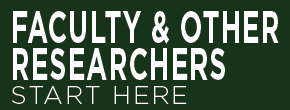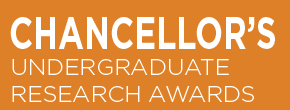Ali Alaraj
Email Address: alaraj@uic.eduCollege: Medicine Department: Surgery
Title: Assistant Professor
Office: 912 S. Wood st, MC-799 Phone: 312-996-4844
Webpage: http://chicago.medicine.uic.edu/departments___programs/departments/neurosurgery/faculty_and_staff/a_alaraj__m_d/
Participating in the Chancellor’s Undergraduate Research Awards program: Yes
Research Interest:
Research Interest; The aim of this study is to evaluate the result of mobilization and recruitment of naturally present Bone Marrow Progenitor Cells (BMPC) for vascular repair and healing after endovascular stenting procedures. Intracranial aneurysms are arterial pouching that develop within the brain vessels, with an incidence of approximately 5 % in the general population. Most aneurysms present with diffuse hemorrhage in the brain, called subarachnoid hemorrhage (SAH). The mortality of such bleeding is about 30-40 %, and patients who do survive the initial bleed are at high risk of subsequent re-hemorrhage. Treatment of brain aneurysms includes minimally invasive approach of endovascular treatment (introducing a small catheter through the groin artery into the brain vessels where small platinum coils are deployed inside the aneurysm). Additional endovascular treatment strategies include deployment of small stents across the neck of the aneurysm to enhance coiling of the aneurysm sac. Despite the advances in endovascular techniques, there are multiple shortcomings, including the violation of the normal inner layer of the blood vessels (endothelium) with implantation of coils and stents, and the ultimate need for growth of new endothelium across the neck of the aneurysm, a process that takes weeks to months depending on the amount of coil surface exposed. Multiple problems can occur with stenting and coiling, including stent thrombosis, a risk which necessitates long-term treatment with dual anti-platelets therapy; other long-term complications of stents include instent stenosis (thought to be related to endothelial injury). Recently, BMPC have been studied in heart and lung vessel healing and in post ischemic tissue repair. Mobilization of BMPCs has been presumed to hasten vascular healing in such models. The mobilization of BMPC cells using pharmacological agents, such as granulate colony stimulating factor (G-CSF) been proven to help in coronary and peripheral vascular disease. The research program involves working with the mentor on aneurysm cerebral animal model in rats and rabbits. The aim of the study is to evaluate if combining biological active molecules to implanted coils and stents in the intravascular space will speed the healing process across the aneurysm and lead to faster and better growth of endothelial cells across the aneurysm wall. Minimum time commitment in hours per week: 10-15 Qualifications of a Student:
Under grade student in health related fields is preferred, commitment to the research project, organized and reliable. Junior level and above is also preferred. Brief Summary of what is expected from the student:
The student is expected to work first under supervision and independently on different tasks of the research project, that involve planning and performing experiments along with the mentor.
NOTE: This researcher is currently not accepting applications for the Undergraduate Research Experience program.



